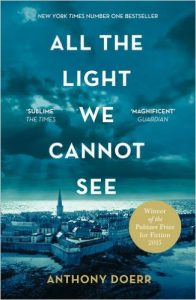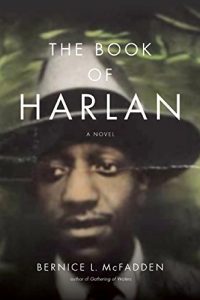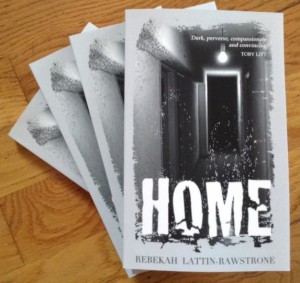
Set during and after the Second World War, All The Light We Cannot See weaves its main narrative around two main characters who both live through the destruction of Saint-Malo, Brittany, in 1944: a blind French girl, Marie-Laure and a German boy Werner Pfennig who are connected by the mysteries of science over radio waves and through the preserved stories of the past crushed into coal or hard as the largest recorded diamond, the cursed Sea of Flames.
Of course the book is more complex than this. There are many other characters against whom these main two sharpen their sense of right and wrong – Werner’s sister, Jutta who sees the darkness at the heart of the Nazi movement from the beginning, his friend Frederick who refuses to add to the suffering of others; Marie-Laure’s locksmith father who makes models of the places she lives in to help her move about in the outside world, the housekeeper who shows her how to have courage in occupied France. There are also many themes about the wonder of science and the mysteries of the puzzle of life.
However, as all the handmade puzzles of the novel can be cracked, All the Light We Cannot See exasperates me because it too seems to believe the puzzle of life can be unlocked. And whilst I can’t deny that many will devour and adore the novel, crying as the characters live through hard times or when they connect in wonderful unforeseen ways – the skill displayed in weaving the disparate parts into a whole is undeniable and delightful – the certainty that the pieces will fall into place irks me. And it may indeed be at the root of what troubles me about a lot of modern novels. Beneath the flawlessly edited prose and the carefully timed plotlines with complex characters whose lives feel real and believable is a hole that sucks the meaning from all this clever work because what is missing is a belief in the reader and an uncertainty about life. Continue reading All The Light We Cannot See by Anthony Doerr









